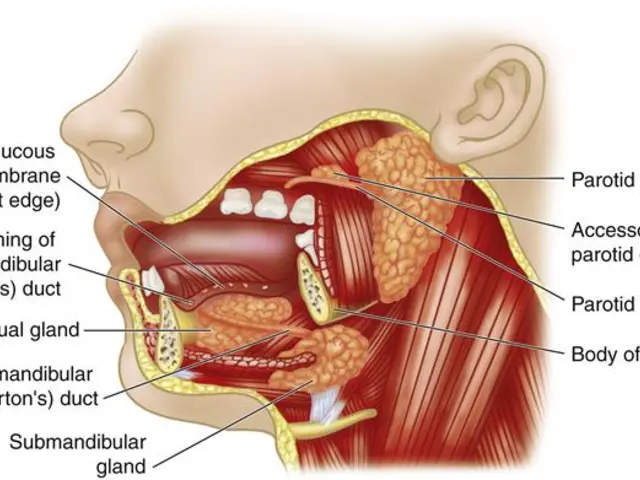Anthelmintic Drugs: What They Are and How to Use Them Safely
Got a worm problem? Anthelmintic drugs are medicines that kill or push out parasitic worms from your body. They’re the go‑to treatment for infections like roundworms, tapeworms, whipworms and flukes. Most of the time you’ll hear them called “dewormers,” but the scientific name is anthelmintics.
These drugs come in tablets, suspensions or topical creams, and they’re prescribed for kids and adults. The right choice depends on the type of worm, where it lives in your body, and how severe the infection is. Below you’ll find the basics you need before you grab a pill.
How Anthelmintic Drugs Work
Anthelmintics attack worms in a few simple ways. Some freeze the worm’s nerves, making it unable to move – the parasite then slides out of the gut and is passed in stool. Others block the worm’s ability to make energy, which kills it from the inside.
For example, ivermectin binds to nerve cells in many roundworms, causing paralysis. Albendazole and mebendazole interfere with the worm’s glucose uptake, starving it. Praziquantel raises calcium levels inside tapeworms and flukes, which tears their skin and leads to death.
The drug’s action is usually fast – you might notice the parasite leaving within a day or two – but the real cure can take a week or more as the dead worms are cleared out.
Common Anthelmintic Medications
Albendazole: Works on a wide range of worms, from hookworms to tapeworms. Usually taken for 3‑5 days. Food can help absorb it better, but follow your doctor’s advice.
Mebendazole: Similar to albendazole but often used for children because of its safety profile. One dose may be enough for light infections.
Ivermectin: The star for roundworms and some skin‑related parasites. A single dose is common, but severe cases might need a repeat after a week.
Praziquantel: The go‑to for tapeworms and flukes. It’s taken as a single dose or a short course, depending on the infection.
Pyrantel pamoate: Often found in over‑the‑counter dewormers for kids. It paralyzes worms so they can’t cling to the gut lining and are expelled.
When you get a prescription, your pharmacist will tell you whether to take the drug with food, on an empty stomach, or with a full glass of water. Those details matter because they affect how well the medicine is absorbed.
Dosage matters. Never double up because you missed a dose – that can cause side effects without improving the cure. If you’re unsure, call your clinic before making changes.
Side effects are usually mild: nausea, headache, or a temporary rash. Serious reactions like severe stomach pain or allergic swelling are rare but need immediate medical help.
For pregnant or nursing women, some anthelmintics are not recommended. Albendazole, for instance, is usually avoided in the first trimester. Always tell your doctor about any pregnancy plans before starting treatment.
After treatment, a follow‑up stool test can confirm that the worms are gone. If the test is still positive, your doctor may suggest a second round or a different drug.
Finally, remember that medication is only half the battle. Good hygiene – washing hands, cooking meat thoroughly, and using clean water – stops re‑infection. Keep these habits and you’ll stay worm‑free longer.
In short, anthelmintic drugs are safe, effective tools when used correctly. Talk to your healthcare provider, follow the dosage instructions, and combine treatment with clean‑living habits for the best results.
Exploring the alternatives to mebendazole in 2025 offers insight into different treatments for parasitic infections. Mebendazole has long been a go-to choice, but there are other options available, each with its own pros and cons. This article highlights substances such as diethylcarbamazine, nitazoxanide, albendazole, ivermectin, pyrantel pamoate, and triclabendazole, providing a comprehensive overview for those seeking alternatives.



 Medications
Medications
![Buy Generic Zovirax (Acyclovir) Online Cheap in the UK [2025]: Safe, Legal, and Fast](/uploads/2025/08/thumbnail-buy-generic-zovirax-acyclovir-online-cheap-in-the-uk-2025-safe-legal-and-fast.webp)



